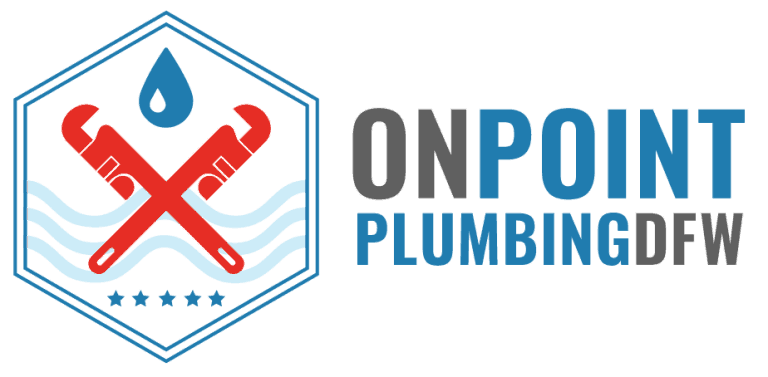
The main sewer line is pivotal in your home’s intricate plumbing network, whisking away wastewater from various fixtures to the municipal sewer system. However, when this crucial artery becomes obstructed, it can lead to many issues, ranging from minor inconveniences to major plumbing disasters. Understanding the symptoms of main sewer line clogs is essential for prompt detection and mitigation of potential damages. Let’s delve into the key indicators that signal a main sewer line clog and explore the underlying causes behind this common plumbing predicament.
What Causes Main Sewer Line to Clog?
Before delving into the signs of a main line plumbing clog, it’s imperative to grasp the factors contributing to this predicament. Main line sewer clogs can stem from various sources, including:
Tree Roots Intrusion:
One of the primary culprits behind main line sewer clog is invasive tree roots. As trees seek moisture and nutrients, their roots can infiltrate and penetrate sewer pipes in search of water, causing blockages and structural damage.
Accumulation of Debris:
Over time, debris such as grease, hair, soap scum, and foreign objects can accumulate within the main sewer line, impeding the flow of wastewater and leading to main line plumbing clogs.
Pipe Degradation:
Aging sewer pipes are susceptible to corrosion, erosion, and structural deterioration, resulting in collapsed or blockages within the main sewer line.
Flushing Non-Biodegradable Items:
Flushing non-biodegradable items such as wipes, feminine hygiene products, paper towels, and sanitary items down the toilet can contribute to clogs in the main sewer line.
Incorrect Installation:
Poorly installed or misaligned sewer pipes can disrupt the smooth flow of wastewater, leading to blockages and backups in the main sewer line.
6 Warning Signs of a Main Sewer Line Clog

Now that we’ve outlined the potential causes let’s explore the telltale signs that indicate a main sewer line clog:
Slow Draining Fixtures:
One of the earliest main sewer line clog symptoms is sluggish drainage throughout your home. If multiple fixtures, such as sinks, toilets, showers, and tubs, drain slowly or back up simultaneously, it could signify a blockage in the main sewer line.
Gurgling Noises:
Unusual gurgling or bubbling noises emanating from drains, toilets, or plumbing fixtures when they’re in use can indicate a compromised main sewer line. These noises occur due to trapped air bubbles attempting to escape through the clogged pipe.
Foul Odors:
A persistent foul odor in your home or yard is a red flag for a main sewer line clog. This smell, reminiscent of sewage, indicates trapped wastewater. When wastewater cannot exit the plumbing system, it emits noxious odors. This is a severe plumbing issue that requires immediate attention.
Backups in Multiple Fixtures:
Experiencing backups in multiple fixtures simultaneously suggests a blockage in the main sewer line. This is especially true after using water-intensive appliances like washing machines or dishwashers. If toilet water backs into showers or tubs, it indicates a severe clog in the main sewer line.
Soggy Patches in the Yard:
If you notice inexplicable soggy patches or indentations in your yard, especially near the area where the main sewer line is buried, it could signify a ruptured or collapsed pipe due to a severe clog or tree root intrusion.
Visible Sewage Backup:
In extreme cases, sewage backups may occur, with raw sewage surging from drains, toilets, or cleanout openings. It constitutes a plumbing emergency necessitating immediate professional intervention to prevent health hazards and property damage.
Addressing a Main Sewer Line Clog
Upon detecting signs of a main sewer line clog, it’s crucial to take swift action to mitigate the issue and prevent further damage. Here are the steps you can take:
Cease Water Usage:
Minimize water usage in your home to prevent exacerbating the clog and causing additional backups.
Locate the Cleanout:
Locate the cleanout access point in your yard or basement, typically a white PVC pipe with a removable cap, to provide access to the main sewer line for inspection and cleaning.
Seek Professional Assistance:
Contact our Bedford sewer repair experts for expertise in diagnosing and resolving main sewer line clogs. Our professional plumbers use specialized equipment, such as sewer cameras and hydro-jetting, to identify the precise location and nature of the clog and effectively clear the obstruction.
Consider Preventive Measures:
Implement preventive measures like routine sewer line inspections, tree root barriers, and proper disposal practices. These steps minimize the risk of future main sewer line clogs.
Conclusion: Protect Your Home from Sewer Line Clogs
In conclusion, recognizing the signs of a main sewer line clog is crucial for maintaining your home’s plumbing system. Stay vigilant and proactive to address clogs promptly and avoid potential disasters. Always enlist qualified professionals for thorough inspection and resolution of sewer line issues. This safeguards your home against costly repairs and inconvenience.
On Point, Plumbing DFW offers comprehensive solutions for main sewer line clogs. Our expert team swiftly identifies issues using advanced equipment like sewer cameras, providing efficient cleaning and preventive measures to safeguard your plumbing system’s integrity.
